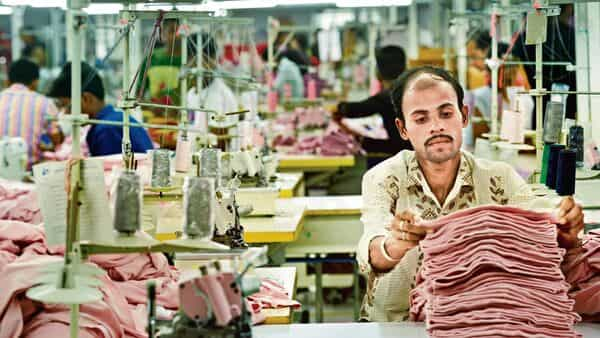How MSME sector is likely to be driven in 2023 by technology adoption?
Since the development of micro, small, and medium enterprises (MSME) financing in India has also been significantly influenced by the expansion of neobanks and digital payment channels, the MSME lending environment in India is actively transforming as 2023 draws closer. MSMEs have benefited greatly from digitalization, including a larger client base, less need for staff, production efficiency during an economic downturn, ease of facilitating transactions between buyers and sellers, and many other things since the government has been consciously advancing initiatives to support the growth of MSMEs in India. Now, let’s know from our industry experts how the rapid development of digital technologies will play an important role in 2023 for product innovation and accessibility of financing for MSMEs.
Harsh Pokharna - Cofounder & CEO – OkCredit said “In the year 2023, MSME sector will be driven by technology adoption. It will continue to play a central role as organizations look to fast-track their digital transformation journeys to address the needs of the growing tech-savvy customer base. The year 2023, therefore, will be about sustaining the momentum and future proofing the business with relevant technologies. The sector will witness an uptick in capital, as it will leverage technology to support business operations. Using technology to preserve their records and finances will make getting loans and looking for investment easier and more lucrative."
“Furthermore, latest reports on the MSME sector highlight that there is an existing credit gap of $25 trillion in the MSME sector that be fulfilled through emerging business models. Another recent report by Crisil also reveals that NBFCs have raised Rs.700 billion in equity over the past 3.5 years. It highlighted that disbursements in the category doubled year-on-year last fiscal and grew further by around 50 per cent annualised in the first half of the current fiscal. Large non-banking financial companies (NBFCs) will aim to diversify into unsecured loans including credit to SMEs and consumer loans. Unsecured loans, which make up for 8-10 per cent of assets under management (AUM) of NBFCs, are the centre of attention for many large NBFCs. This provides a lot of opportunity for players such as us in the market," said Harsh Pokharna.
“As digital experiences spread to more banking, financial and insurance services, payment modernisation will continue to control the market in 2023. The market will also witness the strengthening of buy-now-pay-later (BNPL) models. Lending will be driven by favourable regulations, advent of digital technology and the increasing contribution of MSMEs in the overall growth story of the country. MSMEs in India will have a stable environment to expand their businesses due to the continuous growth of the Indian economy. A conducive atmosphere and enabling framework will continue to accelerate growth in MSMEs," further added Harsh Pokharna.
Manish Shah, MD and CEO, Godrej Capital said “As we approach 2023, it's clear that the landscape of micro, small, and medium enterprises (MSME) lending in India is constantly evolving and adapting to the changing needs of businesses. Looking ahead to the next year, we can expect lending enterprises to continue focusing on product innovation and accessibility of financing for MSMEs."
“The increasing use of alternative data sources and innovative scoring techniques to assess creditworthiness is prominent; this trend has helped extend credit to a broader range of borrowers, including those with limited or no traditional credit history and having composite income structures. In the coming year, we can see this trend continue as lenders look for more ways to assess the creditworthiness of potential borrowers," said Manish Shah.
“Further, the growth of neobanks and digital payment platforms has also played a crucial role in developing MSME lending in India. These platforms have made it easier for businesses to digitize their financial transactions and accept payments from customers and suppliers, giving more visibility to the lenders on the cashflows and thereby allowing for better risk assessment and creating specific end-use products which can be fulfilled digitally. In the future, we anticipate even greater adoption of digital platforms, as well as many new technologies and features that will further streamline lending processes," said Manish Shah.
“The emergence of new financing models, such as the Open Credit Enablement Network (OCEN), Open Network for Digital Commerce(ONDC), GeM Portal, and other similar networks, is likely to impact the future of MSME lending in India significantly. We expect more significant partnerships between lenders and solution providers to assist SMEs in their daily operations. Overall, the formal sector will cater more to the total debt demand in India and bridge the credit gap in India. Timely credit, cash flow management, faster underwriting processes, and ever-faster payouts will enable MSME growth. We at Godrej Capital will continue to bring industry-first offerings to help small businesses scale to their fullest potential," further added Manish Shah.
Download The Mint News App to get Daily Market Updates.
More
Less








Gloss